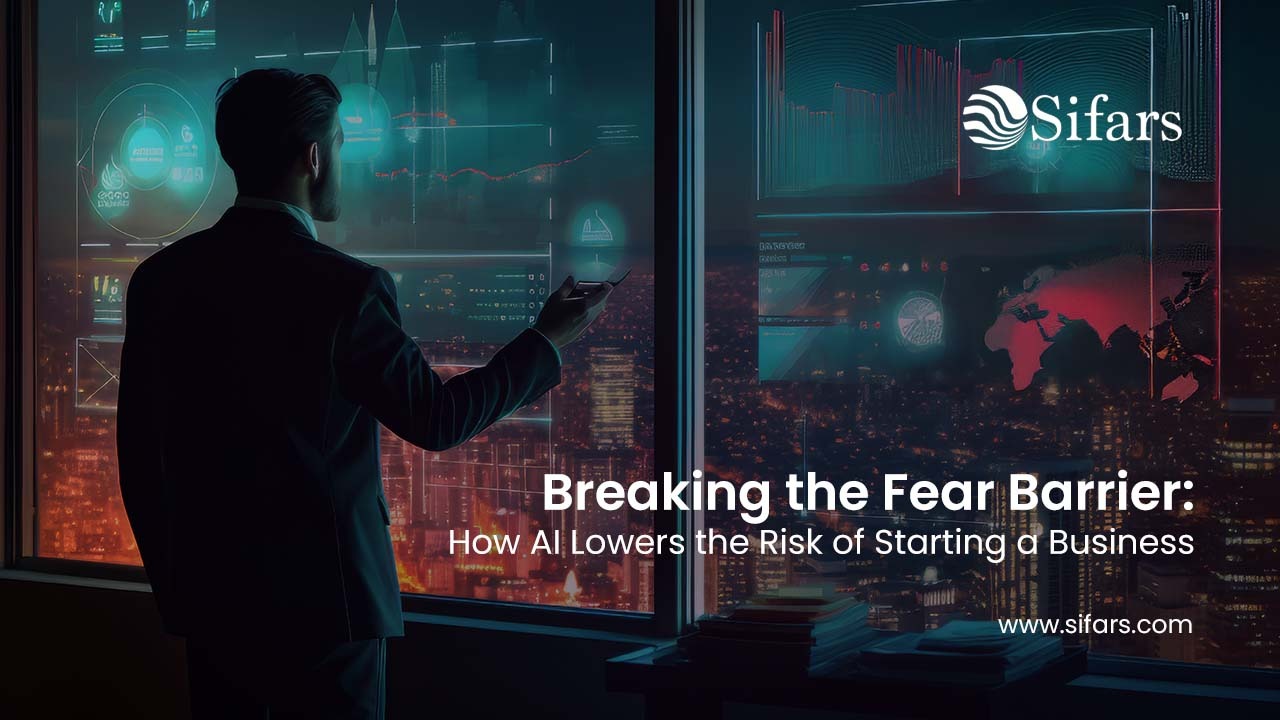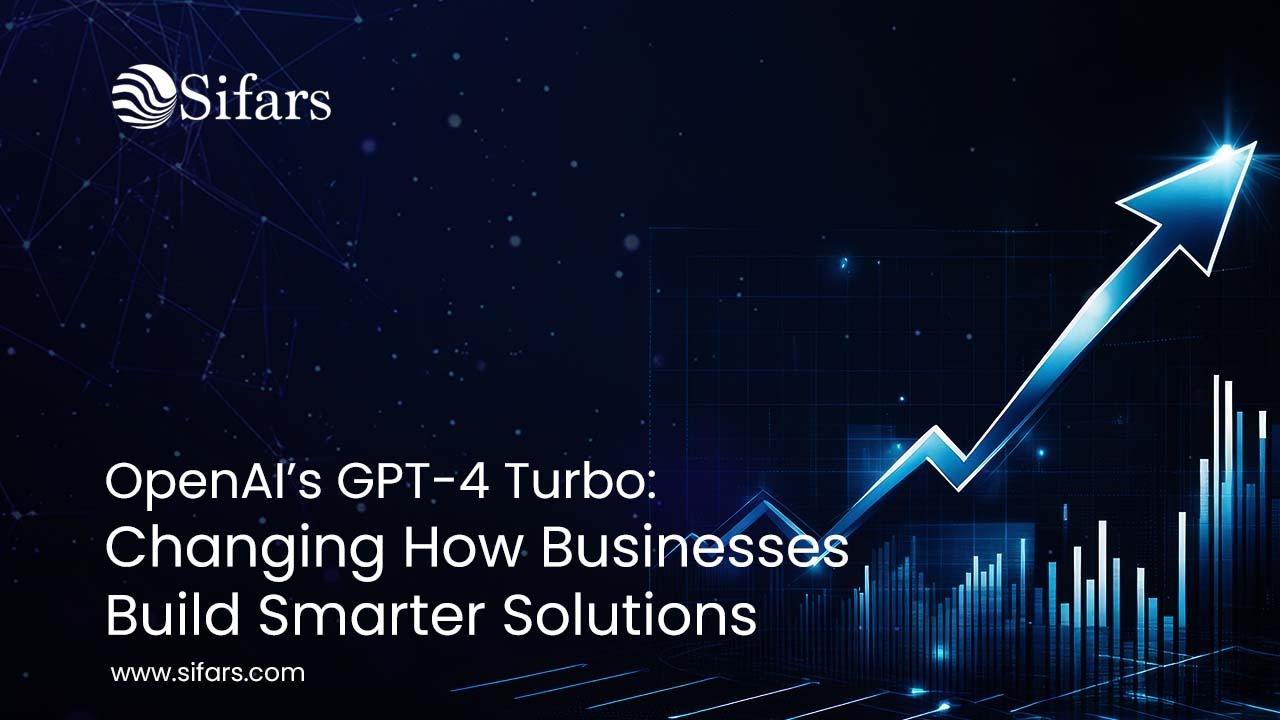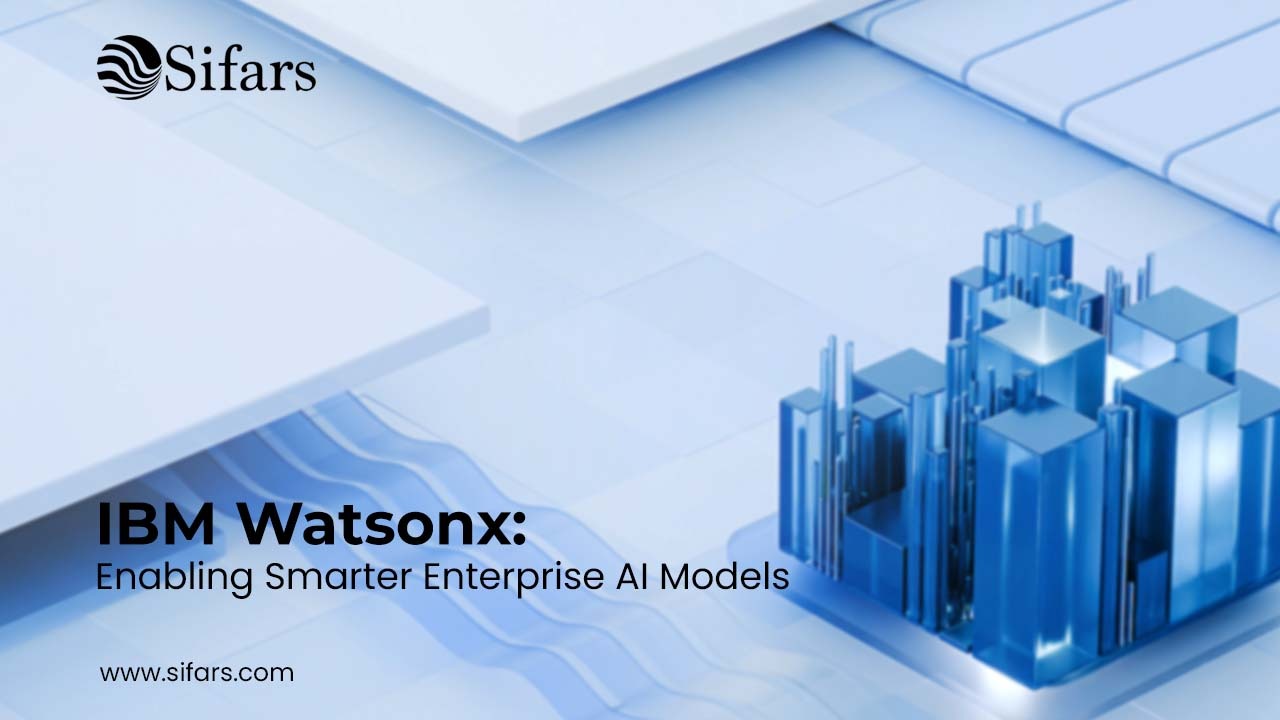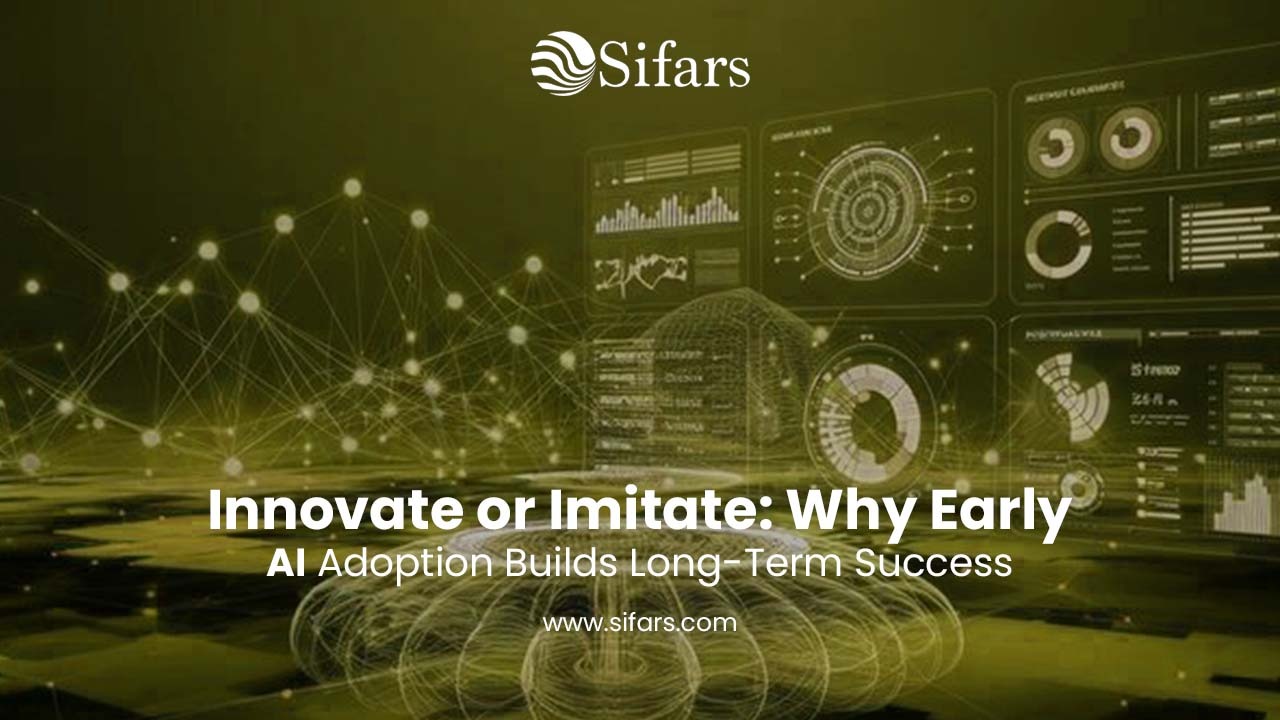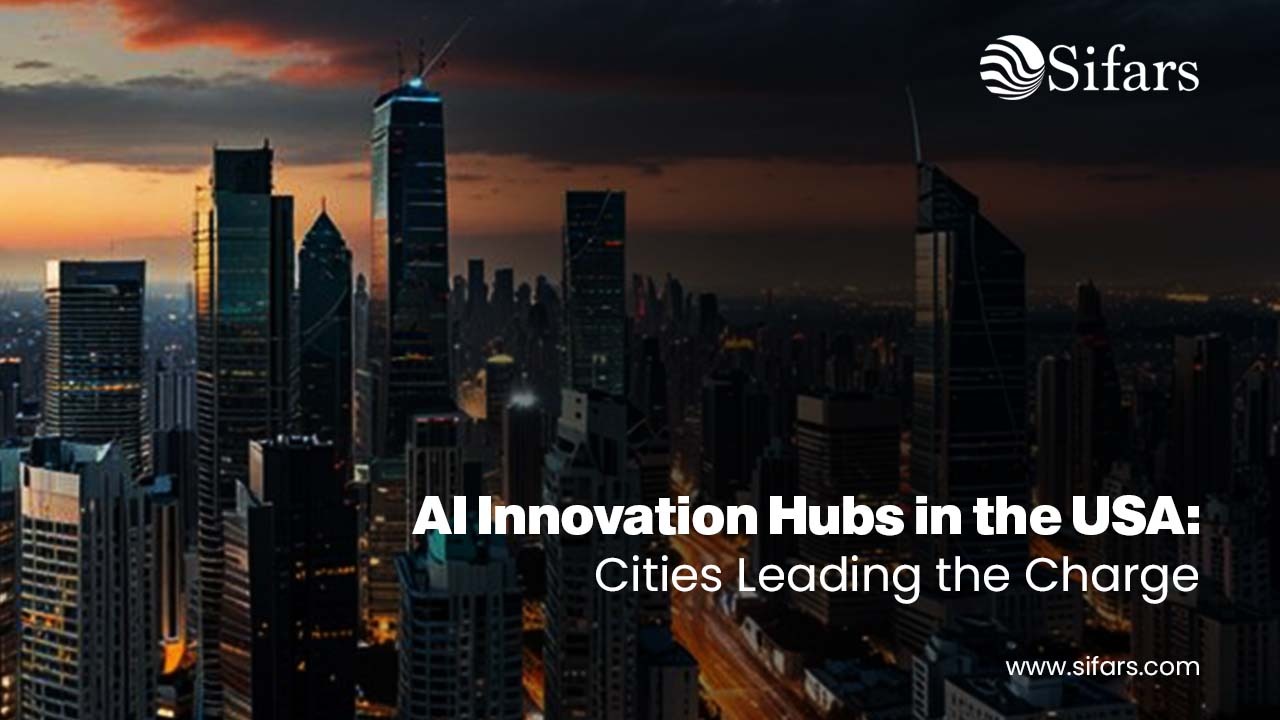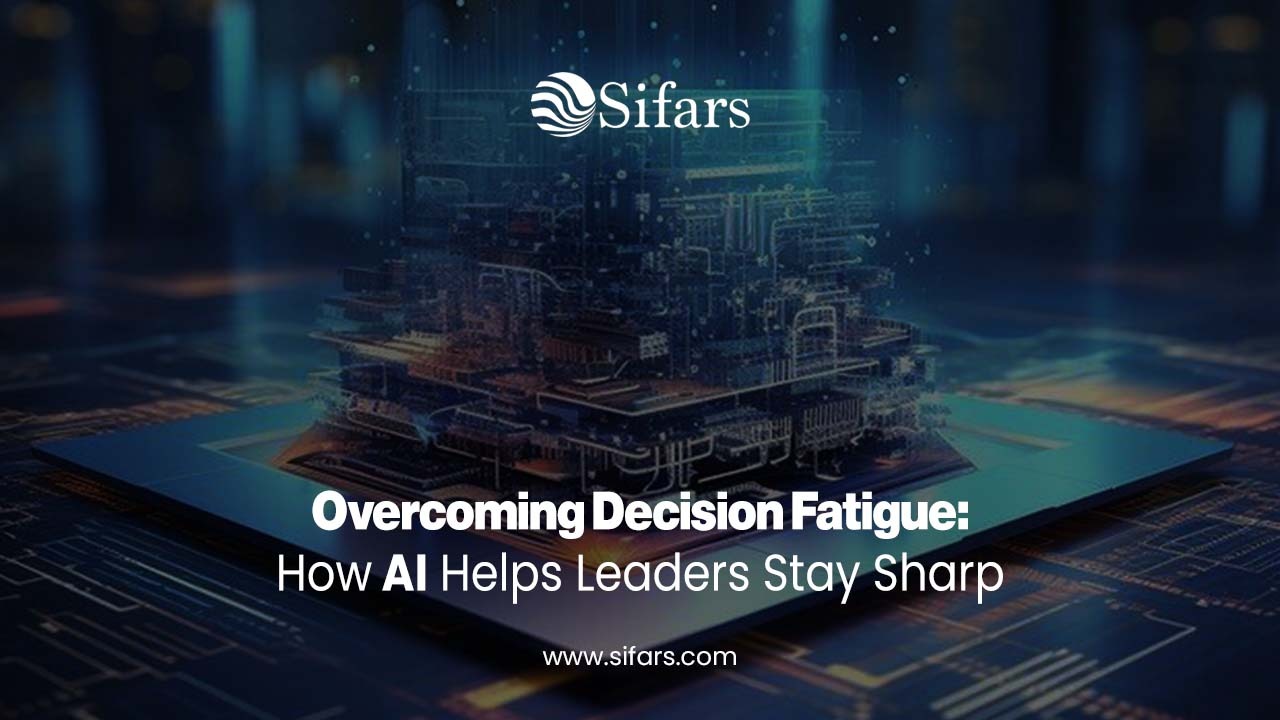The revolutionary capabilities of Artificial Intelligence (AI) are reshaping every industry, from finance and healthcare to manufacturing and logistics. For forward-thinking enterprises, the deployment of AI solutions is no longer optional—it’s the core driver of competitive advantage and efficiency. Yet, this rapid technological acceleration has brought with it profound ethical and safety questions. In the United States, a complex and evolving regulatory landscape is forming, aiming to strike the delicate balance between fostering innovation and safeguarding civil liberties, security, and public trust.
For business owners and tech professionals seeking to implement AI for businesses, understanding this future of AI regulation is crucial for compliance and strategic planning. Sifars, as a provider of specialized artificial intelligence services, is committed to helping our clients not just adopt AI, but to govern it responsibly. This in-depth look explores the current US regulatory model, the key areas of focus, and the actionable steps your business can take to thrive in a regulated AI future.
The Current US Regulatory Landscape: A Patchwork Approach
Unlike the European Union’s unified, comprehensive AI Act, the United States has adopted a fragmented, multi-layered regulatory approach. This model relies on a combination of federal executive actions, guidance from existing agencies, and pioneering legislation at the state level.
The Federal Framework and Executive Action
At the federal level, there is currently no single, comprehensive AI law. Instead, the approach is principles-based and sectoral. The most significant federal intervention has been the Executive Order (EO) on the Safe, Secure, and Trustworthy Development and Use of Artificial Intelligence. This EO aims to establish new safety standards, protect American workers and consumers, promote innovation, and advance US leadership globally.
Crucially, it directs federal agencies—like the National Institute of Standards and Technology (NIST), the Department of Health and Human Services (HHS), and the Department of Labor—to develop AI-specific guidance and standards within their respective jurisdictions. This means a company using business automation with AI in healthcare will face different regulatory concerns than one using it in financial services, enforced by different agencies like the FDA or the EEOC.
The Rise of State-Level Regulation
In the absence of a federal law, individual states have stepped in as regulatory innovators. States like Colorado and California have passed landmark legislation. The Colorado AI Act, for example, is one of the first state-level comprehensive laws focusing on high-risk AI systems, mandating risk assessments and transparency requirements for deployers and developers.
Similarly, California has introduced transparency and disclosure laws for generative AI training data. This state-by-state patchwork creates complexity, compelling businesses to comply with a growing number of potentially conflicting rules. Navigating this complexity requires specialized AI consulting to ensure compliance across all operational geographies.
Key Regulatory Focus Areas for Business
As US regulation matures, specific risk areas are emerging as the primary targets for new rules. These are the areas where the deployment of AI solutions will be subject to the highest scrutiny and where proactive governance is essential.
Algorithmic Bias and Fairness
One of the most immediate and significant risks AI presents is the amplification of existing societal biases. AI models, trained on historical or unrepresentative data, can perpetuate and automate discrimination in critical areas like lending, hiring, and housing. Regulators, including the Equal Employment Opportunity Commission (EEOC) and the Federal Trade Commission (FTC), are leveraging existing civil rights and consumer protection laws to police algorithmic bias.
Future regulation will likely mandate detailed audits and impact assessments to prove that an AI system used for hiring or credit scoring is fair across demographic groups. For businesses, this means that every AI for businesses implementation must include robust bias testing before deployment.
Data Privacy and Security
AI’s reliance on massive datasets makes it inherently intertwined with privacy regulations. The challenge lies in regulating not just the collection of data, but its use in training opaque, complex models. New regulations are expected to reinforce user rights over their data, promote data minimization, and strengthen protections against unauthorized use.
Furthermore, the sheer computing power required for training frontier models presents a national security concern, leading the government to impose new reporting requirements on companies developing or utilizing powerful dual-use AI capabilities. Businesses must integrate privacy-by-design principles into their artificial intelligence services to ensure compliance with laws like the California Privacy Rights Act (CPRA) and anticipated federal rules.
Balancing the Equation: Innovation vs. Compliance
The central dilemma for US policymakers is how to regulate for safety without stifling the economic engine of AI innovation. The US, unlike the EU, has historically favored a light-touch approach to technology regulation to maintain its global leadership in innovation.
The Cost of Regulatory Uncertainty
A major challenge for innovators and small and medium-sized enterprises (SMEs) is regulatory uncertainty. When laws are piecemeal and constantly changing, it increases the risk and cost associated with developing new AI solutions. This can inadvertently entrench large market players who have the capital and legal resources to manage complex, multi-state compliance burdens, potentially stifling competition and limiting the growth of cutting-edge startups. Over-regulation could force American AI companies to operate in less restrictive international markets, leading to an “AI brain drain.”
Fostering Responsible Innovation
Conversely, thoughtful regulation can actually drive innovation by instilling public trust. When consumers and business partners trust that a company’s AI for businesses systems are fair, secure, and transparent, they are more willing to adopt them. The adoption of risk management frameworks, such as the voluntary guidance from NIST, encourages a culture of responsible development. Furthermore, new regulations are likely to include mechanisms like “regulatory sandboxes,” which allow companies to test innovative, high-risk AI solutions in a controlled environment with regulatory supervision. This approach is vital for promoting innovation in high-stakes sectors like financial services and health technology.
Actionable Steps for Business Owners and Tech Leaders
Navigating the fragmented and evolving US regulatory landscape requires a proactive governance strategy. Businesses cannot afford to wait for a unified federal law; they must act now to build a future-proof AI posture.
1. Conduct an AI System Inventory and Risk Audit
The first step is a comprehensive audit of all AI systems currently deployed or in development. Businesses should categorize their AI solutions based on risk level (e.g., high-risk in hiring vs. low-risk in internal email sorting) and map them to current and anticipated state and federal regulations (like the Colorado AI Act). A specialized AI consulting firm can help perform a Bias and Fairness Impact Assessment for any system involved in making critical human decisions. This process is the foundation for building an effective business automation with AI strategy that prioritizes legal compliance and ethical use.
2. Implement an AI Governance Framework
Adopt a formal, documented framework for managing AI risk. The NIST AI Risk Management Framework (RMF) is an excellent, voluntary starting point that promotes a continuous process of Govern, Map, Measure, and Manage. This framework should establish clear lines of accountability, defining who is responsible for the performance, explainability, and fairness of each AI system. This internal governance is far more effective than simply reacting to external rules and is critical for any company offering or using artificial intelligence services.
3. Prioritize Transparency and Explainability (XAI)
Future regulations will demand greater transparency. Businesses must ensure their AI for businesses tools are not “black boxes.” This means implementing Explainable AI (XAI) techniques that can provide human-readable rationales for a model’s high-stakes decisions. For example, a loan application system powered by AI solutions must be able to explain why an application was rejected, not just that the AI determined it should be. Building this capability now will significantly reduce future compliance burdens and build consumer trust.
Sifars: Partnering for Responsible AI Deployment
The future of AI regulation in the USA will be defined by an ongoing, dynamic tension between innovation and safety. For businesses, this presents a monumental challenge, but also an enormous opportunity. By proactively addressing ethical and compliance concerns, companies can build the public trust necessary to scale their AI solutions and achieve transformative growth.
Sifars is uniquely positioned to guide your business through this complex regulatory environment. We don’t just provide cutting-edge artificial intelligence services; we integrate compliance into the very fabric of our deployment. Our AI consulting expertise specializes in:
- Regulatory Mapping: Translating complex state and federal guidance into clear, actionable requirements for your AI products.
- Bias Mitigation & Auditing: Rigorously testing and refining your models to eliminate bias and meet fairness standards.
- Governance Implementation: Building and operationalizing a custom AI governance framework based on NIST RMF principles, ensuring your business automation with AI is secure and trustworthy.
The path to maximizing the benefits of AI runs directly through responsible governance. Don’t let regulatory uncertainty stall your innovation.
Connect with Sifars today to schedule a consultation and transform your compliance challenge into your competitive advantage.


